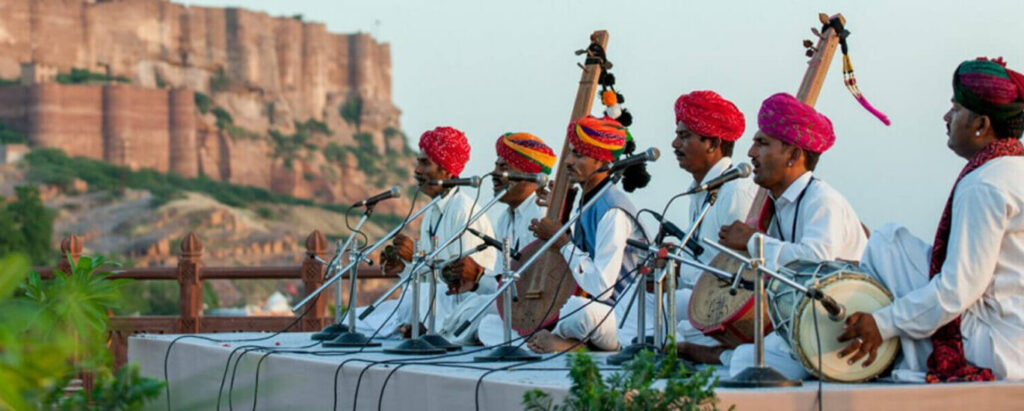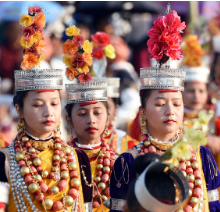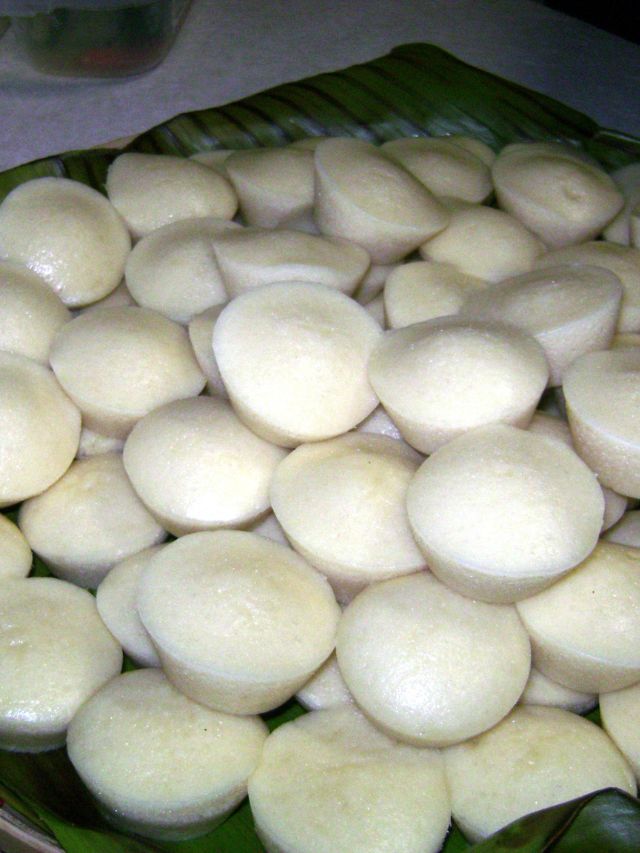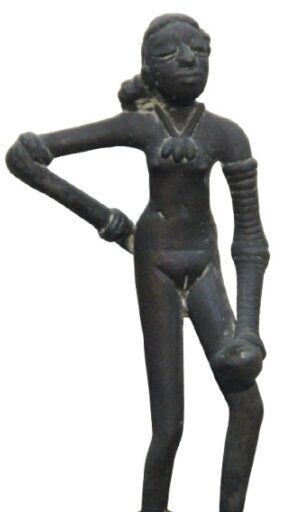A complete tourist and cultural guide of
Meghalaya
The Ultimate Travel Guide to the Abode of Clouds
Meghalaya, nestled in the northeastern part of India, is known for its lush green hills, cascading waterfalls, and vibrant cultural heritage. The name literally means “abode of clouds” — a perfect reflection of its misty landscapes and dreamy weather. Home to unique matrilineal tribes like the Khasi, Garo, and Jaintia, Meghalaya beautifully blends nature with indigenous traditions. The state offers a serene escape into untouched beauty, mystical caves, and tranquil villages. Rich in biodiversity and folklore, Meghalaya is a true gem for travelers and culture lovers alike.
Discover Meghalaya – Tourist Attractions
From living root bridges to Asia’s cleanest village, Meghalaya’s attractions are nature’s marvels wrapped in rich tribal culture. This state is an ideal destination for eco-tourism and peaceful exploration.
Nohkalikai Falls
Cherrapunji (Sohra)
Mawlynnong
Dawki
Nongriat
Laitlum Canyons
Mawsmai and Siju Caves
Shillong
Heritage of Meghalaya

Meghalaya’s heritage is deeply rooted in its tribal legacy, with each community preserving its distinct customs, attire, and oral traditions. The Khasi, Garo, and Jaintia tribes follow matrilineal traditions where lineage and inheritance pass through women. Their social structure, governance (village dorbars), and sacred forests like Mawphlang are examples of sustainable living. Handcrafted cane and bamboo products, traditional houses built with natural materials, and age-old weaving techniques form a part of everyday life. Sacred groves are worshipped as protectors of nature. The state’s folktales, legends of nature spirits, and animistic beliefs reflect a deep spiritual connection with nature. Every ritual, marriage, or festival is infused with dance, music, and storytelling, showcasing a living and breathing heritage that has endured for generations.
The Performing Art of Meghalaya
Meghalaya’s performing arts are a rich expression of its tribal culture, often performed during festivals, rituals, and ceremonies. Dance and music are not just art forms here — they are a way of life. Each tribe has its own unique way of storytelling through rhythm and movement. Traditional musical instruments like drums, flutes, and bamboo mouth organs accompany the performances. These arts serve as both spiritual offerings and social celebrations, keeping the oral traditions and communal spirit alive.
Music Form
Meghalaya’s music is deeply rooted in nature and tribal folklore. It features a mix of traditional tribal music and Western influences, especially in urban areas like Shillong. Music is central to both everyday life and cultural ceremonies.
Wangala Songs
Sung during the Wangala harvest festival by the Garos.

Choral Singing
Common in Khasi churches and festivals, reflecting their musical heritage.

Folk Ballads & Warrior Songs
Narrate stories of ancient heroes and battles.
Others Music forms –Ksing Shyngwi & Ksing Padiah – Khasi percussion instruments used in traditional songs.
Dance Form
Dance is a vibrant part of Meghalaya’s cultural identity, often performed in traditional attire during festivals and rituals. The dances are rhythmic and celebratory, reflecting gratitude, seasonal changes, or social milestones.

Shad Suk Mynsiem
A thanksgiving dance by the Khasis, performed in colorful traditional dresses.

Shad Nongkrem
A religious dance of the Khasis performed to appease the goddess Ka Blei Synshar.

Laho Dance
A playful and flirtatious dance involving boys and girls, especially seen in Jaintia communities.
Others dance forms – Wangala Dance – Performed by the Garos during the harvest season, showcasing rhythmic drumming and group formations.
Festivals and Celebrations
Meghalaya celebrates its festivals with music, dance, and strong community participation. These festivals are often tied to agriculture, religion, or tribal legends and are marked with vibrant costumes, feasting, and rituals. Most events are communal in nature and preserve the deep-rooted oral traditions and identity of the tribes.

Shad Suk Mynsiem

Wangala Festival

Behdeinkhlam
Others Festivals and Celebrations- Nongkrem Dance Festival – Religious ceremony for peace and prosperity. Christmas & New Year – Celebrated widely due to the Christian majority in the state.
Meghalaya’s Cuisine

Jadoh

Dohneiiong

Pumaloi
Meghalaya’s food is hearty, simple, and flavorful, featuring local ingredients and tribal cooking techniques.
Jadoh – A Khasi delicacy made of red rice cooked with pork and local spices.
Dohneiiong – A rich pork curry flavored with black sesame seeds.
Tungrymbai – A fermented soybean dish cooked with spices and herbs.
Nakham Bitchi – A Garo soup made from dried fish, often enjoyed as a warm starter.
Pumaloi – A steamed rice dish that complements spicy curries.
Doh Khleh – A Khasi-style pork salad with onions and spices.
Popular Shopping Items
Markets in Meghalaya offer traditional handwoven textiles, handicrafts, and souvenirs.
Ryndia Silk – Indigenous Eri silk woven by the Khasi and Jaintia tribes.
Bamboo Handicrafts – Intricate baskets, furniture, and decorative items.
Traditional Jewelry – Beaded necklaces and silver ornaments.
Local Spices & Pickles – Unique flavors of Meghalaya to take home.
Best shopping places:
Police Bazaar (Shillong) – A bustling market with everything from street food to fashion.
Bara Bazaar (Shillong) – Best for traditional Khasi and Jaintia textiles.
Tura Market (Garo Hills) – Ideal for bamboo products and Garo handicrafts.
Ryndia Silk
Bamboo Handicrafts
Traditional Jewelry
Local Spices & Pickles
Evolution of Meghalaya
⇒ Early History – Indigenous Khasi, Jaintia, and Garo tribes thrived with their own governance.
⇒ British Rule – Shillong became the capital of undivided Assam, leading to Western influences.
⇒ Statehood (1972) – Meghalaya was formed as a separate state.
⇒ Cultural Preservation – Despite modernization, indigenous customs and traditions remain intact.
⇒ Tourism Growth – Sustainable and eco-friendly tourism is on the rise.
Safety Measures and Tips
Travel Permits: No permits are required for Indian tourists. Foreign tourists must register at the Foreigners’ Registration Office.
Connectivity: Shillong and major towns have good mobile networks, but rural areas may have weak signals.
Local Etiquette: Respect local customs, dress modestly, and ask for permission before photographing people.
Transport: Shared taxis and local buses are common, but self-drive is recommended for flexibility.
Health & Safety: Carry essential medicines, drink purified water, and be prepared for cold weather in higher altitudes.
Weather Considerations: Meghalaya experiences heavy rainfall from June to September, so carry rain gear.
Wildlife & Trekking Safety: Always hire local guides for trekking and avoid trekking alone.
Cash & ATMs: ATMs are available in major towns, but keep cash handy for remote areas.
Power Outages: Occasional power cuts occur in villages, so carrying a power bank is useful.
Emergency Contacts: Keep local emergency numbers, hotel details, and maps accessible.
